Beijing Drowns In Cars

China’s capital Beijing officially has 17m people. Unofficially, it’s guesstimated to be closer to 20m. By the beginning of next year, Beijing will be host to more than 4m automobiles, China Daily reports. Back in 1997, Beijing barely had 1m cars. Now, one in 4 Beijingers has a car.
Every day, more than 1000 cars are being registered in Beijing. After the October holidays, 10,000 needed to be registered and caused a giant traffic jam around the Beijing version of the DMV.
Come next year, Beijing’s car park (and during rush hour, that’s what it usually is) will have grown by 1 million in only two-and-a-half years. It took cities like Tokyo 12 years to grow a million cars. Katie Melua’s “Nine million bicycles in Beijing” is definitely a myth. Beijing’s motorists on the other hand will readily confirm that between 8 and 10 in the morning and 4 and 6 in the afternoon, all of Beijing’s cars take to the streets.
400,000 cars in total will be newly registered this year. By 2015, 5.5m cars will be on Beijing’s roads. But only if the projections of Liu Xiaoming, director of the Beijing municipal committee of communications are correct. He thinks, the numbers will drop to 300,000 new registrations in the coming years. He’s not saying how the growth might be capped. In Shanghai for instance, there is only a set number of new license plates available (between 5000 and 6000 a month) and they are auctioned off. A plate costs more than a small car: In January, the average price for a license plate was $4,388 per plate – and that was considered a recession-time bargain.
Beijing so far did not resort to such harsh measures. Jia Yuanhua, a transportation professor at Beijing Jiaotong University thinks the government should control the number of cars, but it won’t:
“The government would not restrict the purchase of cars because they need to support the growth of the industry and increase GDP during the financial crisis,” Jia Yuanhua said.
There is yet another reason: Most large Chinese car companies, and the Chinese side of most joint ventures, are state owned. The city of Beijing has its own car company, BAIC, joint venture partner of Daimler and Hyundai. You won’t shoot yourself in the foot by limiting your market, don’tcha? The Shanghai government owns a big chunk of a much larger car company, SAIC, joint venture partner of GM and Volkswagen, and that didn’t keep them from administering expensive birth control to their car community. Ah, the inscrutable East.
Be it as it may, Beijing’s residents think something might be afoot. Which prompts them to buy even more cars as long as they can. Ever since Beijing enacted a byzantine rule that the cars must stay at home on one day of the week, depending on the last digit of the license plate, second car ownership swelled.

Bertel Schmitt comes back to journalism after taking a 35 year break in advertising and marketing. He ran and owned advertising agencies in Duesseldorf, Germany, and New York City. Volkswagen A.G. was Bertel's most important corporate account. Schmitt's advertising and marketing career touched many corners of the industry with a special focus on automotive products and services. Since 2004, he lives in Japan and China with his wife <a href="http://www.tomokoandbertel.com"> Tomoko </a>. Bertel Schmitt is a founding board member of the <a href="http://www.offshoresuperseries.com"> Offshore Super Series </a>, an American offshore powerboat racing organization. He is co-owner of the racing team Typhoon.
More by Bertel Schmitt
Latest Car Reviews
Read moreLatest Product Reviews
Read moreRecent Comments
- ToolGuy First picture: I realize that opinions vary on the height of modern trucks, but that entry door on the building is 80 inches tall and hits just below the headlights. Does anyone really believe this is reasonable?Second picture: I do not believe that is a good parking spot to be able to access the bed storage. More specifically, how do you plan to unload topsoil with the truck parked like that? Maybe you kids are taller than me.
- ToolGuy The other day I attempted to check the engine oil in one of my old embarrassing vehicles and I guess the red shop towel I used wasn't genuine Snap-on (lots of counterfeits floating around) plus my driveway isn't completely level and long story short, the engine seized 3 minutes later.No more used cars for me, and nothing but dealer service from here on in (the journalists were right).
- Doughboy Wow, Merc knocks it out of the park with their naming convention… again. /s
- Doughboy I’ve seen car bras before, but never car beards. ZZ Top would be proud.
- Bkojote Allright, actual person who knows trucks here, the article gets it a bit wrong.First off, the Maverick is not at all comparable to a Tacoma just because they're both Hybrids. Or lemme be blunt, the butch-est non-hybrid Maverick Tremor is suitable for 2/10 difficulty trails, a Trailhunter is for about 5/10 or maybe 6/10, just about the upper end of any stock vehicle you're buying from the factory. Aside from a Sasquatch Bronco or Rubicon Jeep Wrangler you're looking at something you're towing back if you want more capability (or perhaps something you /wish/ you were towing back.)Now, where the real world difference should play out is on the trail, where a lot of low speed crawling usually saps efficiency, especially when loaded to the gills. Real world MPG from a 4Runner is about 12-13mpg, So if this loaded-with-overlander-catalog Trailhunter is still pulling in the 20's - or even 18-19, that's a massive improvement.



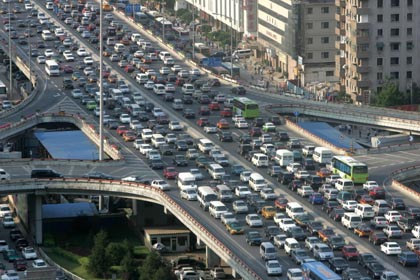












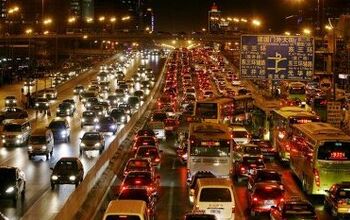
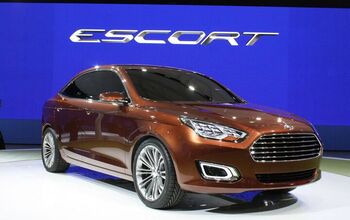
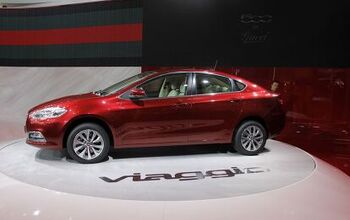
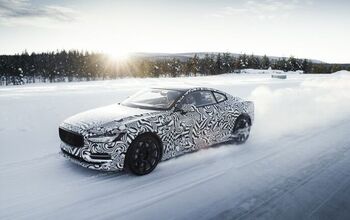
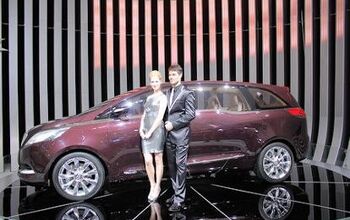













Comments
Join the conversation
What in the crap is with the right-angle onramps in that pic? It looks like something out of Sim City.
Traffic is not too bad in major areas IF you (can) shift your schedule. My 34 mile (27 highway, 7 mile city) commute to Chicago from near the Wi line is about 40 min if I leave the house at 5-5:15am. after 5:15am there is progressively more traffic. The way home is a bit worse...typically entering city streets at 3pm, I am home by 3:50-4:30. (and that is during 30+ miles of construction on my route home...I expect once they finish adding a lane, it will be better) Or I could pay 2x-3x as much for a smaller house, no garage, higher taxes, and everything else that comes with corrupt Chicago. I prefer to try to enjoy my commute (at least the morning part) since I just like to drive anyhow... The real downside is social life. Once you normally wake up at 4am and are in bed by 8:30am-9pm, alot of "after work" and "weekend" activities with people far away are not doable. For example, I have friends who live in Joliet (71 miles away) and I _have_ to be leaving their house at 7pm or so to be home before I consider myself too tired to drive....